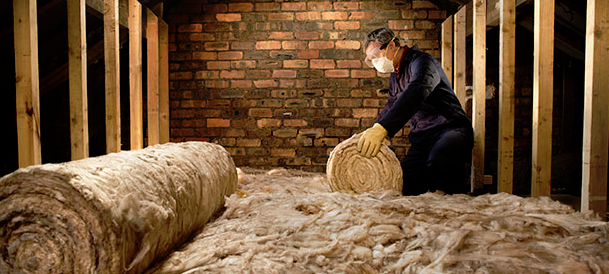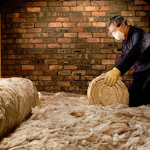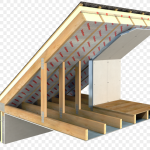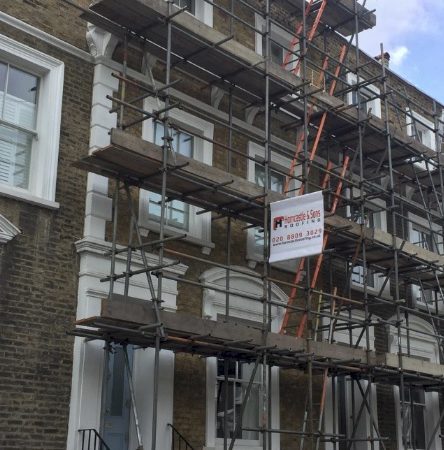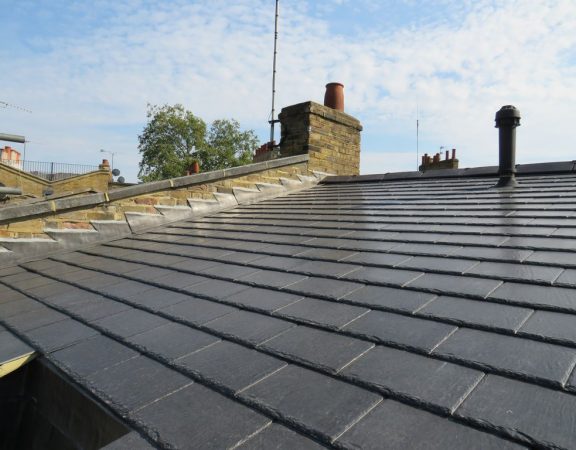Energy Saving and Loft Insulation
Did you know that a quarter of heat lost from homes occurs through the roof of uninsulated lofts? That’s a lot of wasted energy! Installing loft insulation is one of the most effective ways to save on energy costs and prevent heat loss. While some homeowners may view insulation as an unnecessary extra cost for their roofing or home project, the truth is it will pay for itself many times over in energy savings throughout its lifespan.
If you are renewing more than 25% of your roof coverings, it’s important to know that insulation must be installed to meet the minimum energy efficiency values as outlined by current Building Regulations. So, whether you’re focusing on flat roofing or a pitched roof, insulation is a crucial part of the process.
At Horncastle Roofing, based in North London, we provide a range of energy-efficient roofing solutions, including expert loft insulation. Insulating your loft space offers several benefits, such as:
- Lower heating bills
- Improved energy efficiency and a reduced carbon footprint
- A more comfortable home during both the winter and summer
- Reduced condensation and moisture problems
Types of Insulation for Your Roof
- Open Loft Voids: For lofts that have not been converted into living spaces, quilted roll insulation is typically installed between the ceiling rafters or joists. At Horncastle Roofing, we prefer using Earthwool Insulation, made from recycled glass bottles, sand, and other sustainable materials. This non-combustible and moisture-resistant insulation helps keep your home cosy without attracting vermin.
- Converted Loft Voids: If your loft has been converted into a living area (such as a bedroom or office), insulating the floor area is usually impractical. Instead, we install rigid insulation boards between the roof rafters, snugly fitting them to prevent drafts and heat loss.
- Flat Roofs: For flat roofing, a “warm roof deck” is the go-to solution. This involves placing insulation boards beneath the waterproof membrane, which sits above the structural deck. By doing this, you ensure a warm roof, helping with heat retention. Cold flat roofs are less common because they require complex and costly ventilation systems, which can be tricky to install.
- Loft Storage: If you plan on using your loft space for storage, a platform needs to be constructed over the insulation. Building regulations state that boarding should not be placed directly over the insulation, as it would compromise the U-value. At Horncastle Roofing, we create timber platforms that sit above the insulation to keep it effective while providing a practical storage solution.
By choosing Horncastle Roofing for your roofing needs, you’ll benefit from top-quality materials and expert installation that help lower energy bills, improve comfort, and make your home more energy-efficient. Whether you need assistance with loft insulation or flat roofing, we’re here to provide the best solutions for your home in North London.


